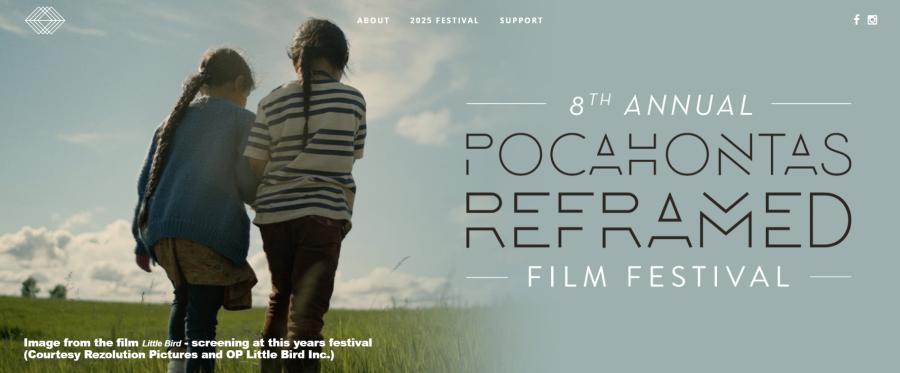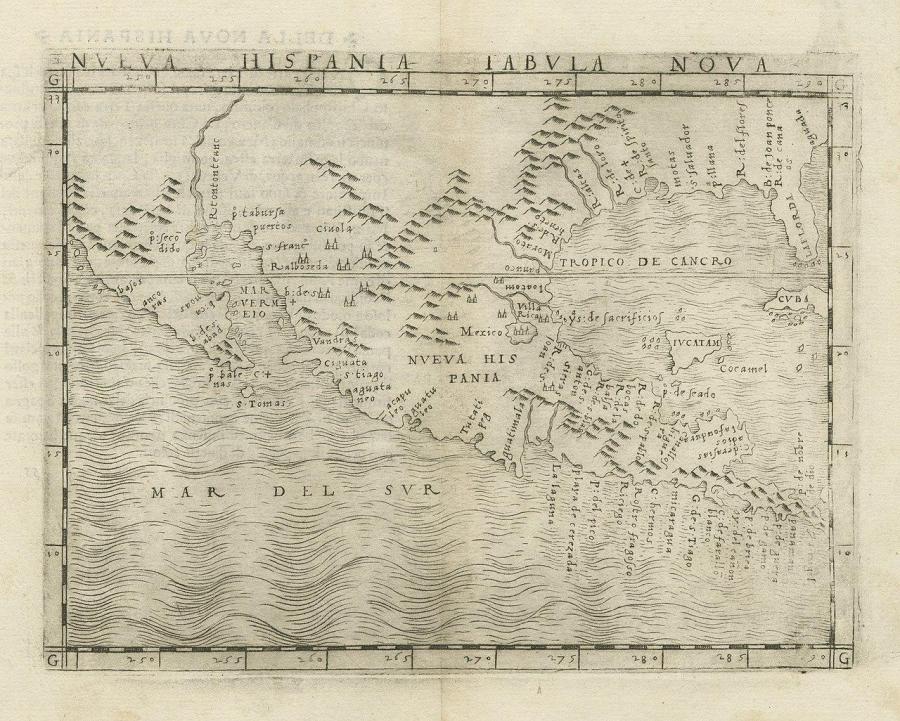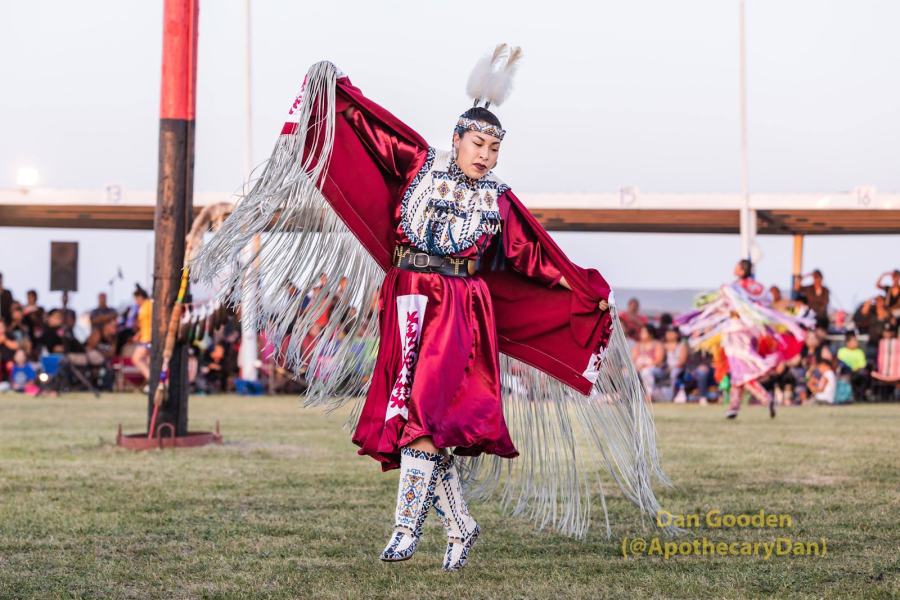
Last month's Endangered Languages Program event at the Library of Congress, "Celebrating Native American Language Revitalization in Film," drew nearly 100 participants throughout the course of the day who enthusiastically participated in post-film panel discussions with Native American language apprentices, teachers, and film production professionals from a half-dozen tribal communities across the U.S. Expert archivists from the Library of Congress also highlighted holdings related to Native American languages, including recordings, historic and contemporary photos, as well as manuscripts and grammars.
Attendees enjoyed a screening of the new Anne Makepeace documentary, WE STILL LIVE HERE: Âs Nutayuneân, starring the Wôpanaak Language Reclamation Project's work to successfully reawaken their language afer many generations without fluent speakers. The screening was followed by an engaging panel discussion with Mashpee Wampanoag language apprentice Tracy Kelley, who was joined by Santa Ynez Chumash cultural director Nakia Zavalla and Samala language apprentice Kathleen Marshall. Cultural Survival board and program council member Marcus Briggs-Cloud, a Maskoke language instructor and fluent speaker of the Miccosukke language, also lent his perspectives on language education gained while teaching Native American high school and college students in Alabama and Oklahoma.
Afternoon screenings included the powerful WE ARE STILL HERE, a new short produced by filmmakers Sterlin Harjo and Matt Leach, about longtime Cultural Survival advisors at the Euchee (Yuchi) Language Project in Sapulpa, Oklahoma; KîMÂCHIPENA: Let's Come Together featuring Cultural Survival partners at the Sauk Language Department in Stroud, Oklahoma, and their community-wide journey to pilot and establish preschool language immersion classrooms for the Sac and Fox Nation. Other national leaders in the Native American language movement were showcased in excerpts from First Speakers: Revitalizing the Ojibwe Language taking viewers on a journey to the Nigaane Ojibwe language immersion program at the Bug-O-Nay-Ge-Shig Bureau of Indian Affairs school in Bena, Minnesota, as well as to the Ojibwe language charter school Wadookadaading, in Hayward, WI. The screenings concluded with a trailer from a new work in-production, The Young Ancestors, which follows Tewa students in Santa Fe, NM, as they face the simultaneous challenges of a rigorous college prep high school and the Tewa self-Study Curriculum developed by the Indigenous Language Institute in Santa Fe.
Organized as a precursor to the following day's National Native Language Revitalization Summit on Capitol Hill, some attendees also joined with the Morning Star Institute for an early morning observance in honor of the National Day of Prayer to Protect Native American Sacred Sites. Summit registrants and volunteers then worked in teams to call and visit one-quarter of the House and Senate Appropriations Committee membership to raise congressional awareness and about the critically endangered status of Native American languages, emphasizing that more than half of today's spoken languages could lose their last fluent speakers within the next five years without immediate concerted efforts to train new fluent speakers.
Attendees urged legislators and staffers--some unfamiliar with the history of Indian boarding schools and the status of Native languages--to protect vital Native American language funding administered by the Administration for Native Americans, and to continue working closely with local language educators, and with Native education policy experts and leadership at the National Congress of American Indians and National Indian Education Association who are currently rewriting the Elementary and Secondary Education Act to improve access to language and culture-based education for Native American students nationally. National Indian Education Association executive director Colin Kippen urged language advocates to continue reaching out to their congressional delegations on behalf of Native American language education, particularly at the home offices of their representatives and senators, suggesting for example, that advocates organize a constituent groups to request morning meetings over coffee with their legislator and staffers in order to build stronger relationships year-round in support of Native American languages and language education programs. Watch a short summit video produced by NIEA communications director Michael Woestehoff here.
Watch the films or trailers from the Cultural Survival and Library of Congress event "Celebrating Native American Language Revitalization in Film:"
WE STILL LIVE HERE: As Nutayunean from director/writer Anne Makepeace and assistant producer/researcher Jennifer Weston
KîMÂCHIPENA: Let's Come Together from the Sauk Language Department, with filmmaker Jenni Monet
WE ARE STILL HERE from This Land Press by filmmakers Matt Leach and Sterlin Harjo
First Speakers: Revitalizing the Ojibwe Language from Twin Cities Public Television
The Young Ancestors from producers Laura Kay Jagles and Aimee Barry Broustra




